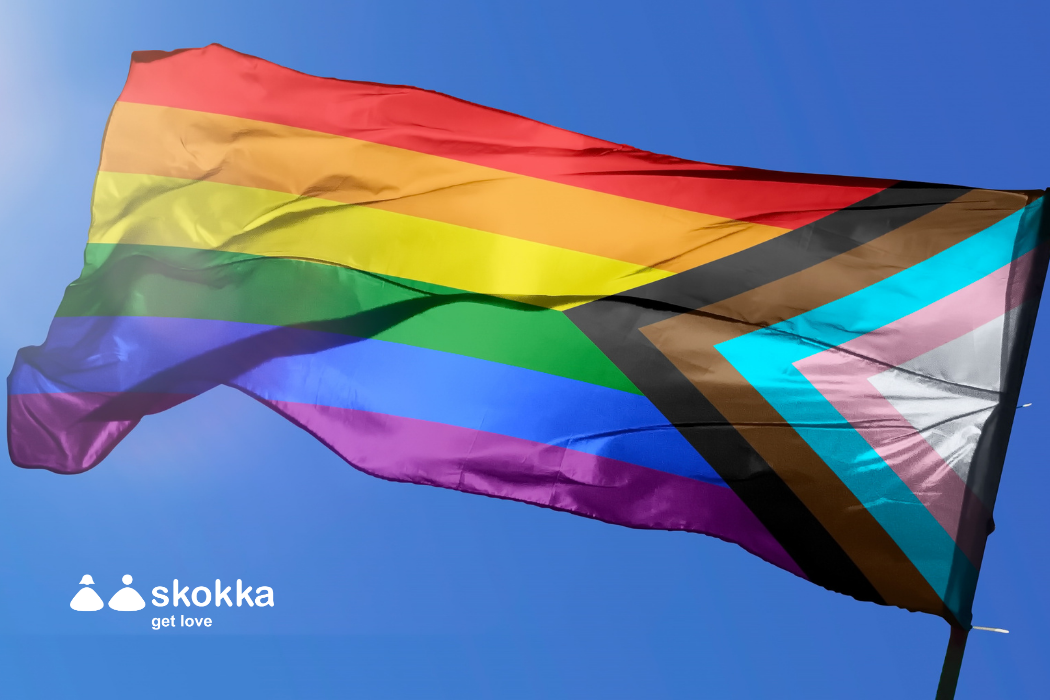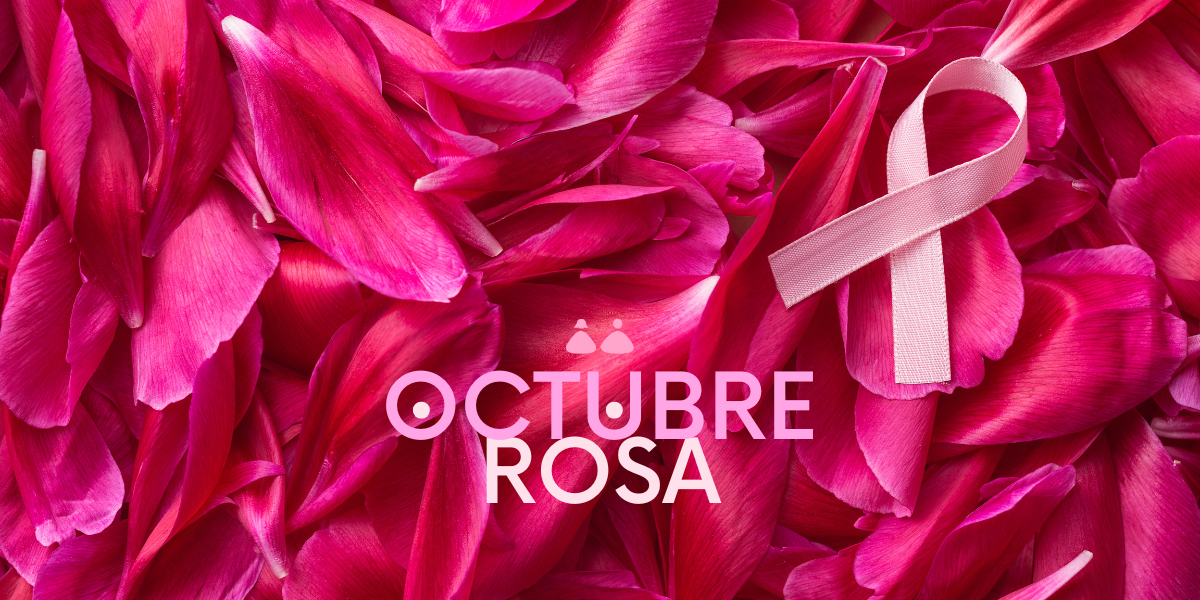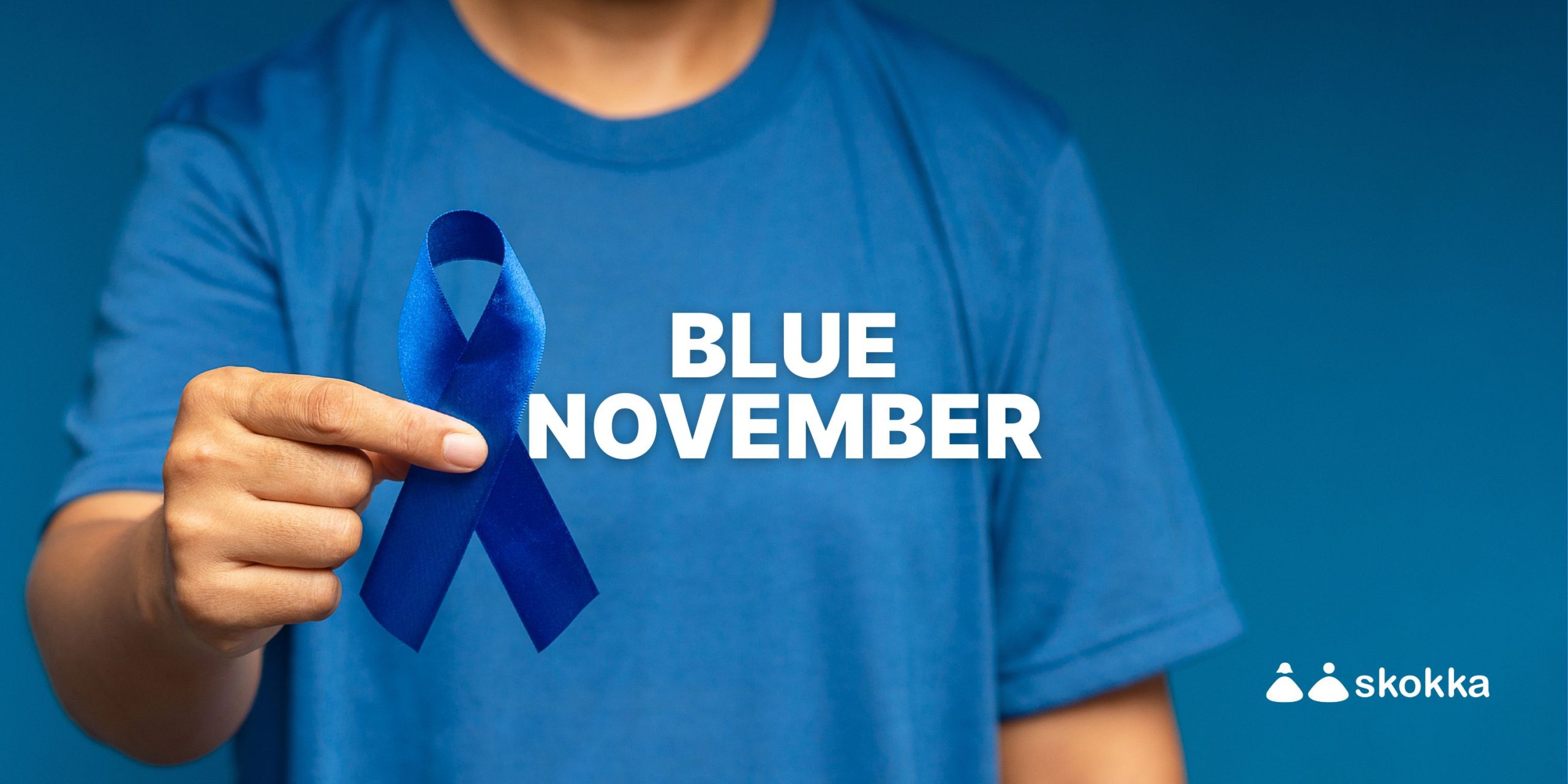When trying to understand the fundamental difference between gender identity and sexuality, it is essential to start by establishing a clear perception of what the concept of sex actually encompasses.
In this sense, it is crucial to revisit our school years and, more specifically, the biology lessons we were taught.
Although many may associate sex solely with the act of intercourse, an in-depth study of human anatomy reveals that sex goes beyond this to the very physical constitution of the body.
In other words, it encompasses all the physical characteristics that culturally serve to distinguish between males and females.

Intersexuality, in turn, represents a complex variation of all these characteristics: sex organs, chromosomal patterns and hormone levels.
These variations can create complexities when determining an individual’s biological sex. A practical example is the condition in which a person is born with genital characteristics that show traits of both sexes.
In many cases, the characteristics of an intersex person can be identified soon after birth, as exemplified above.
However, in other cases, these characteristics may only manifest themselves during puberty or adulthood, especially when the obvious physical traits are not present, as happens in situations where there are male genitals alongside female internal organs.
How many stories have you heard or had the opportunity to experience of people who don’t feel comfortable in their own bodies at birth?
Men who harbour a sense of belonging to the female universe and vice versa.
The crux of the matter lies in self-perception and personal sensation in the world.
It is therefore crucial to recognise that biological sex does not dictate the destiny of other people, nor does it dictate one’s own destiny. What prevails is the image you have of yourself, in other words, your gender identity.
Do you feel inclined to find out more? I invite you to read on!

Unravelling Your Own Gender Identity
Gender identity is deeply intertwined with the way you perceive and feel about yourself in the world, taking into account the gender you were assigned at birth.
In this context, what really matters is how you see yourself, how you recognise yourself as an individual through your own experiences and feelings.
In order to shed light on this concept, there are specific terms that help shape gender identity and thus broaden our view of this concept.
Follow along carefully!
Cisgender:
This term refers to those who identify with and deeply internalise the gender they were biologically assigned at birth, and who remain faithful to this identification throughout their lives.
For example, a cisgender man is someone whose gender was determined as male at birth and who retains this identity over the years.
Transgender:
Transgender individuals do not recognise themselves in the gender they were assigned at birth.
Thus, a transgender woman is someone whose original gender was male, but who identifies and lives her life associated with other genders, such as female, for example.
Within the spectrum of gender identity, we also find transsexuals and transvestites.
A transsexual is someone who chooses to undergo genital reassignment procedures and hormone treatment to align themselves with the gender they identify with.
On the other hand, a transvestite is someone who, despite being classified as male at birth, chooses to dress and express themselves with feminine characteristics, including make-up and women’s clothing.
It’s important to emphasise that these standards are not rigid; there are many transgender people who don’t choose to transition gender or embrace an expression of transvestism.
Non-binary:
This designation applies to individuals who do not fit into the binary categories of gender (male and female).
In other words, the person does not identify strictly as a man or a woman, but is somewhere in between, giving up a single gender identity. I
nfortunately, some people still associate transgender and non-binary individuals with mental disorders, treating gender identity as a modern idea.
However, science, especially psychology, refutes this misconception.
Did you know that transsexuality has been a constant in human history?
It embodies the diversity intrinsic to the human experience. It is therefore imperative to fight for the right of transgender people to adopt the name of their choice and thus be recognised according to their gender identity.
Ultimately, gender identity is the thread that defines who you are! However, this identity does not dictate your way of relating and seeking pleasure.
The desire and attraction you experience when you see or touch someone is linked to your sexuality, an aspect intrinsic to all human beings, regardless of their gender.
Read on to deepen your understanding!

Exploring the Essence of Sexuality
What is your perspective on sexuality? Contrary to what many people assume, human sexuality is not restricted to the sexual organs, but permeates the entire body.
How people seek pleasure (not just sexual pleasure, but also personal satisfaction) and how they interact with others in search of love, connection and intimacy, shapes the essence of human sexuality.
Sexuality reveals how you attract and are attracted to other people, influencing your thoughts, emotions and, above all, your actions.
Over time, your sexuality develops and can even change based on the experiences and maturation you go through. As a result, it is inextricably linked to your sexual orientation.
Sexual orientation is not a choice made over the course of a lifetime, but a natural human characteristic.
To illustrate, let’s present some categories that describe people’s sexual orientation.
Heterosexuality:
When you feel sexual, emotional and affective attraction to individuals of the opposite sex to you.
Homosexuality:
When you feel sexual, emotional and affective attraction to individuals of the same sex, as is the case with gays and lesbians, for example.
Asexuality:
When you don’t feel sexual attraction to any gender. Surprisingly, an asexual person can maintain a loving relationship.
Pansexuality:
When you feel sexual, emotional and affective attraction to people regardless of their gender identity, encompassing non-binary, transgender, cisgender individuals, among others.
Bisexuality:
When you feel sexual, emotional and affective attraction to individuals of both genders, female and male.
It is clear that there is a diversity of forms of emotional, romantic and sexual attraction. Nothing is fixed or immutable when it comes to the human body and the countless sensations and emotions it can evoke. Investing in the journey of self-knowledge and embracing your own identity is essential.
And, to paraphrase Lulu Santos: “Consider every form of love valid”.
Celebrating Diversity:
Nurturing the Individual Essence The concept of “masculine” and “feminine” is largely a social construct.
Have you ever wondered what really determines someone’s identity as a man or a woman?
Or perhaps you’ve wondered about the emotions and desires that emerge when you feel attracted to someone else?
It’s questions like these that drive social movements to promote the visibility and acceptance of varied human identities and expressions, while at the same time fighting for gender equality.
I’m sure you’ve come across the acronym LGBTQIA+ at some point.
This acronym encapsulates a social and political movement that aims to celebrate diversity, giving representation to people who don’t fit into the heteronormative patterns historically established by society’s culture and history.
It is vital to note that heteronormativity is that which marginalises, ignores or persecutes sexual orientations other than heterosexuality through social norms, beliefs and policies.
Each letter in the acronym has a meaning:
Lesbian, Gay, Bisexual, Transgender, Queer, Intersex, Asexual, as well as other gender identities and sexual orientations.
To some, this acronym may appear to be just a set of letters. However, it represents a vast group of individuals who daily face different types of prejudice and violence for not conforming to what society defines as “normal”.
Thousands of people, who for years hid and repressed their affective and sexual feelings for fear of the reaction of their families and friends, now find representation and acceptance through this movement.
For this reason, it is imperative to understand the meaning of sexuality and gender, nurturing one of the noblest feelings a human being can experience: love. And not just love for others, but above all self-love.
Embracing your sexuality and expressing your true essence is the key. And remember the words of Lulu Santos: “Consider every form of love valid”.





